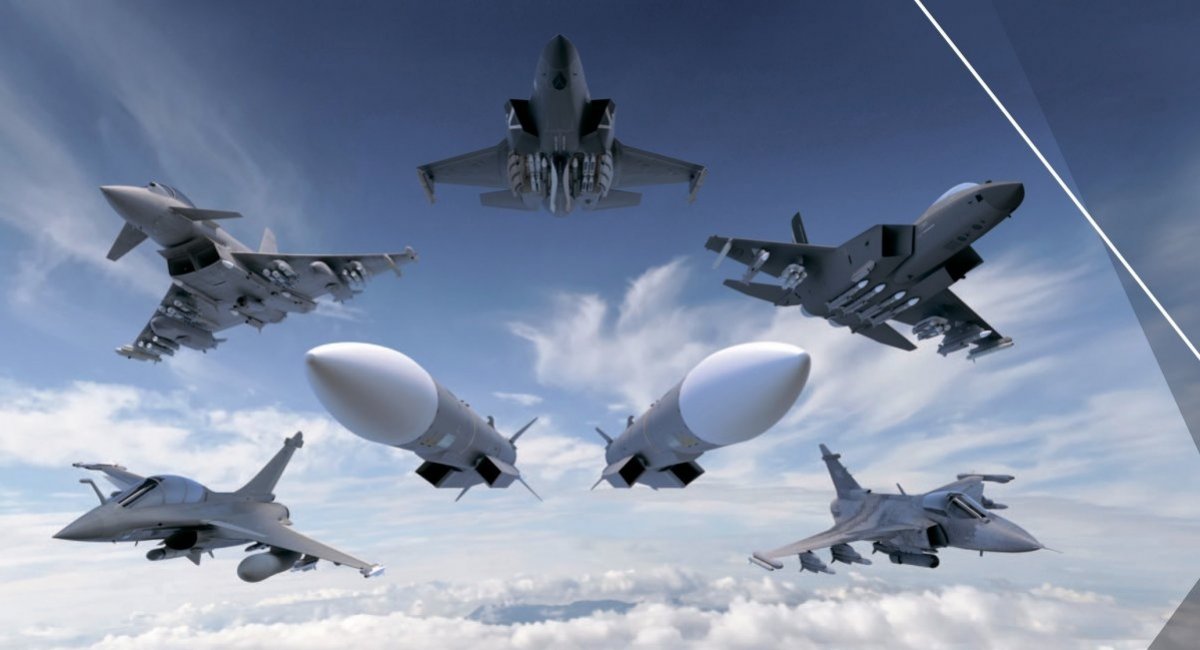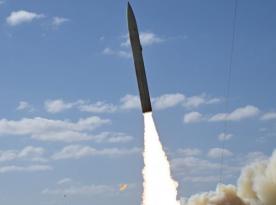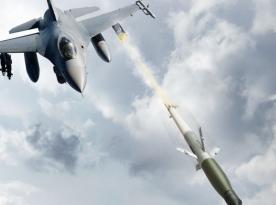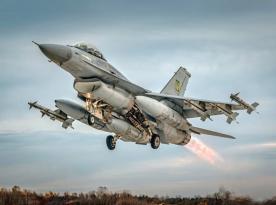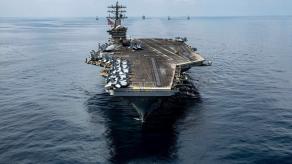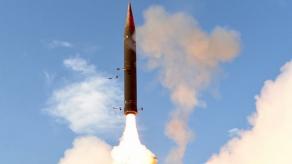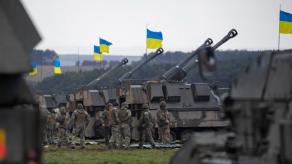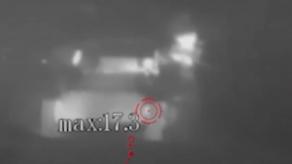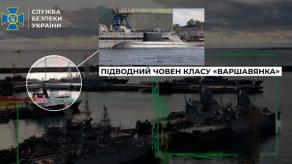Greece is really trying everything it can to prevent European countries from selling MBDA Meteor air-to-air missiles to Turkiye along with Eurofighter aircraft. Aggressive warnings to France have already been used, and now Greek insiders say that Ankara will simply disassemble this missile and copy its design solutions.
In particular, the Greek newspaper Ekathimerini, citing its own sources in the military, writes that Turkiye plans to reverse engineer Meteor to improve its own Gökhan missile from TÜBİTAK SAGE. Defense Express notes that the development of this Turkish air-to-air missile with a ramjet engine began back in 2021.
Read more: russia’s Battlefield Losses: IISS Report Unveils Staggering Figures

Just the other day TÜBİTAK SAGE for the first time published an official image of Gökhan (see above). The image has quite low resolution and says nothing of the product's dimensions. The range of the missile is not disclosed either but if it wants to replicate Meteor and its parameters, it must exceed 200 km.
In addition, the company noted that the project has moved from the conceptual design stage to ground and flight tests. The finish line of the development is currently estimated no earlier than 2030. Still, a visual comparison with Meteor directly indicates what inspired the Turkish developers.
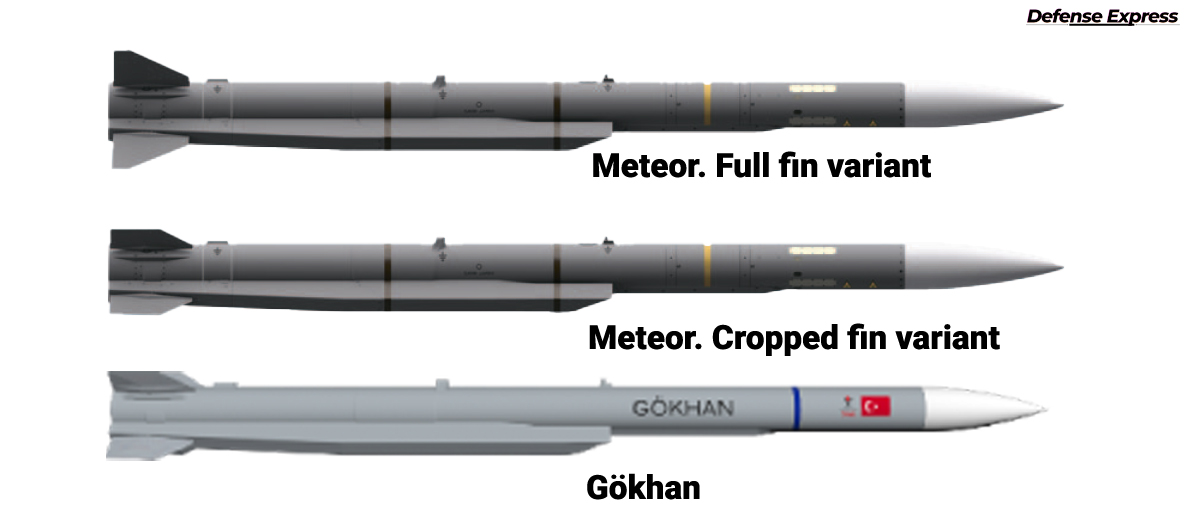
If we assume that the distance between the mounting lugs on the missiles is the same, then the Turkish Gökhan is only slightly shorter than the Meteor. It also looks like it has a larger engine, a smaller warhead, and an active radar homing head, though it is quite difficult to confirm based on a single image without something to scale. Gökhan's cropped control surfaces are explained by the need to fit the missile into the internal weapon bay of KAAN, a Turkish domestically developed fighter jet. Meteor has a similar cropped fin version, too.
That said, using a ramjet engine on a solid-fuel missile is not a know-how. Apart from the Meteor, there are quite a few examples, the most famous among them being Soviet 3M9 missile for Kub air defense system. This technology allows to use fuel with less oxidizer or none at all because oxygen is taken from the air.
If the Greeks' assumption is correct, then Turkiye can certainly borrow some ideas from MBDA's Meteor. But there will still be a difference, for example, stemming from the ability to produce solid fuel and its quality. As much as reverse engineering allows to achieve, it can do nothing about such nuances.
And here's the reason why Greece is so persistent in its attempts to thwart Turkiye's purchase of Meteor. Right now, after purchasing 18 French Rafale fighters armed with Meteors for 2.4 billion euros, the Greek Air Force has a certain advantage over the Turkish F-16s. But Ankara's plans to buy 40 Eurofighters with the same Meteors tips the scales of power balance right back in Turkiye's favor.
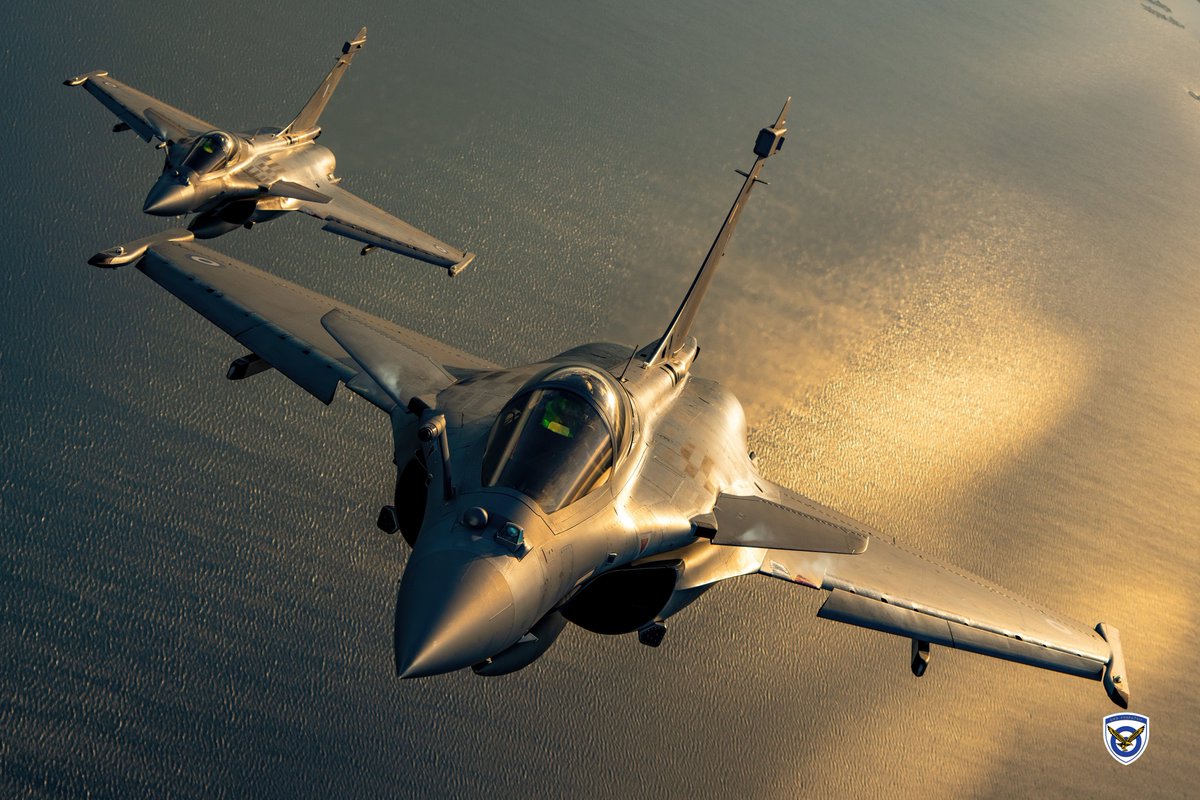
Read more: The New Korean KF-21 Fighter Successfully Launched the Meteor Missile And Showed the 20mm Gun Production




